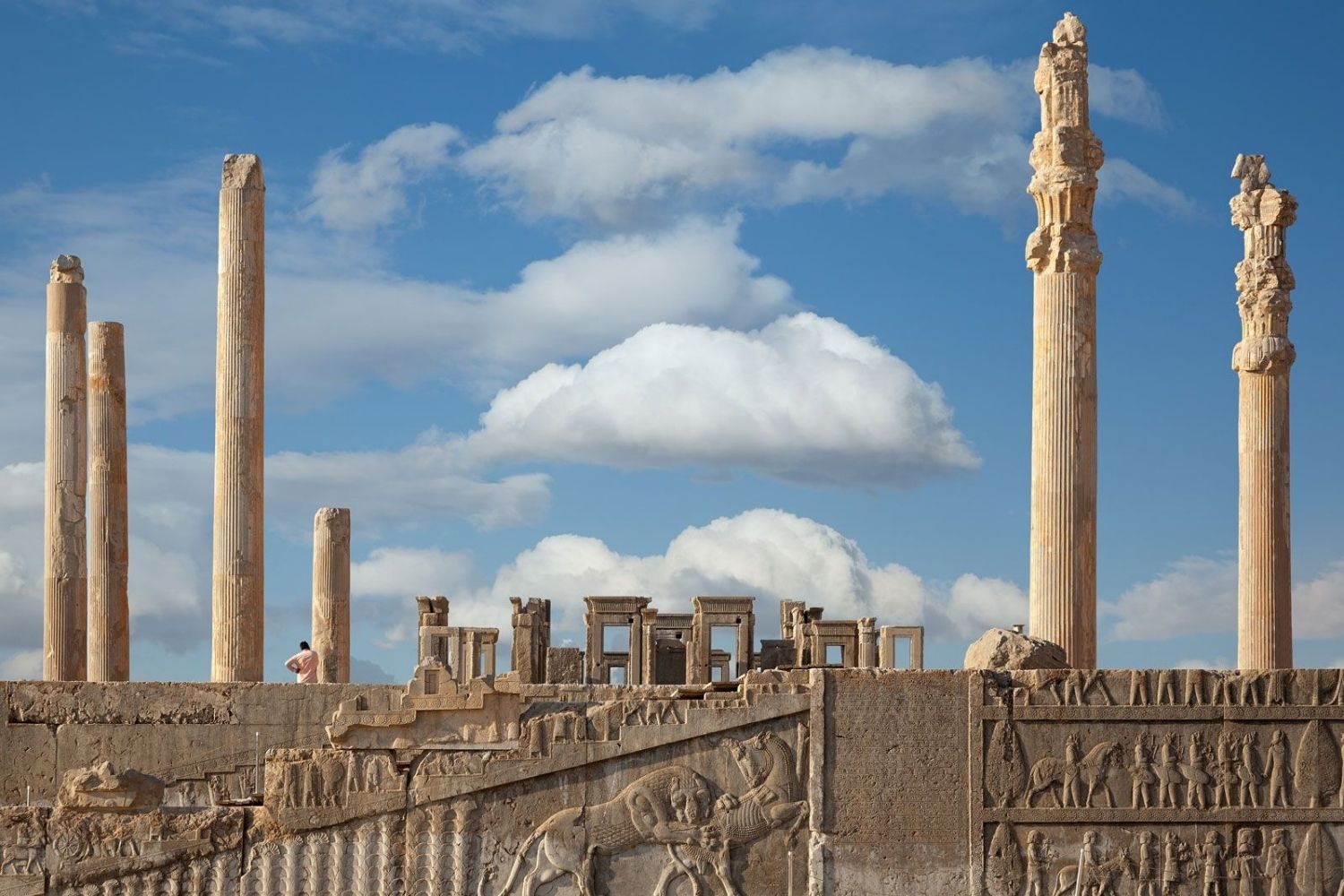Discovering Iran’s Ancient Persepolis City

Imagine stepping into a world where ancient kings once ruled and grand palaces stood tall. Persepolis, located in modern-day Iran, offers a glimpse into the past with its stunning ruins and rich history. Built over 2,500 years ago, this ancient city was the ceremonial capital of the Achaemenid Empire. Walking through its stone columns and intricate carvings, visitors can almost hear the echoes of grand celebrations and royal gatherings. The site showcases the architectural brilliance of a civilization that thrived long before modern technology. Visiting Persepolis is like opening a time capsule, revealing stories of power, culture, and artistry. Whether you're a history buff or just curious about ancient wonders, this UNESCO World Heritage site promises an unforgettable experience. Pack your bags and get ready to explore the mysteries of this ancient city, where every corner tells a story.
Discovering the Wonders of Persepolis
Persepolis, an ancient city in Iran, is a treasure chest of history and culture. Once the ceremonial capital of the Achaemenid Empire, it offers a glimpse into the grandeur of ancient Persia. Let's explore some of the most fascinating spots in this historic city.
The Magnificent Gate of All Nations
The Gate of All Nations is an impressive structure that welcomes visitors to Persepolis. Built by Xerxes I, it stands as a testament to the empire's diversity and power.
The Grand Entrance: As you walk through this massive gate, imagine the many dignitaries who once passed through, each representing different parts of the vast empire.
The Winged Bulls: These colossal statues, with the body of a bull and the head of a bearded man, guard the entrance. They symbolize strength and protection.
The Apadana Palace: A Royal Audience Hall
The Apadana Palace was the main audience hall where the king received guests and dignitaries. Its grandeur is still evident in the ruins.
The Majestic Columns: Originally, 72 columns supported the roof of this grand hall. Today, 13 remain, standing tall against the sky.
The Intricate Reliefs: The walls of the Apadana are adorned with detailed carvings depicting scenes of tribute from various nations, showcasing the empire's reach.
The Throne Hall: Hall of 100 Columns
The Throne Hall, also known as the Hall of 100 Columns, was used for receptions and military ceremonies. Its vastness is awe-inspiring.
The Immense Space: Imagine a hall so large it could accommodate thousands of people. This was a place of power and ceremony.
The Stone Guardians: At the entrance, stone figures stand watch, their presence a reminder of the hall's importance.
The Royal Tombs: Resting Place of Kings
Beyond the main complex, the royal tombs are carved into the cliffs, providing a final resting place for the kings of Persia.
The Tomb of Darius the Great: This tomb is a masterpiece of rock-cut architecture, reflecting the king's status and achievements.
The Tomb of Xerxes I: Nearby, the tomb of Xerxes I offers a similar grandeur, with inscriptions that tell stories of his reign.
The Treasury: Wealth of an Empire
The Treasury of Persepolis was where the empire's riches were stored. Though much has been lost to time, its significance remains.
The Storied Past: Imagine rooms filled with gold, silver, and precious artifacts, all representing the wealth and power of the Achaemenid Empire.
The Historical Records: Tablets and inscriptions found here provide valuable insights into the administration and economy of ancient Persia.
The Art and Architecture of Persepolis
Persepolis is not just about grand structures; it's also a showcase of Persian art and architecture.
The Detailed Reliefs: Throughout the site, intricate carvings depict scenes of daily life, battles, and ceremonies, offering a window into the past.
The Unique Design: The layout of Persepolis reflects a blend of different architectural styles, highlighting the empire's cultural diversity.
Embracing the Legacy of Persepolis
Persepolis stands as a testament to Iran's rich history and cultural heritage. This ancient city, once the heart of the Achaemenid Empire, offers a glimpse into the grandeur of a civilization that thrived over 2,500 years ago. Walking through its ruins, visitors can almost hear the echoes of past ceremonies and feel the presence of kings who once ruled vast lands. The intricate carvings and majestic columns tell stories of power, artistry, and devotion. Exploring Persepolis is not just about admiring ancient architecture; it's about connecting with a time when empires rose and fell, leaving behind legacies that continue to inspire. For those passionate about history, culture, or simply the beauty of human achievement, Persepolis is a must-visit. Its enduring allure reminds us of the timeless nature of human creativity and the stories etched in stone that continue to captivate hearts worldwide.

